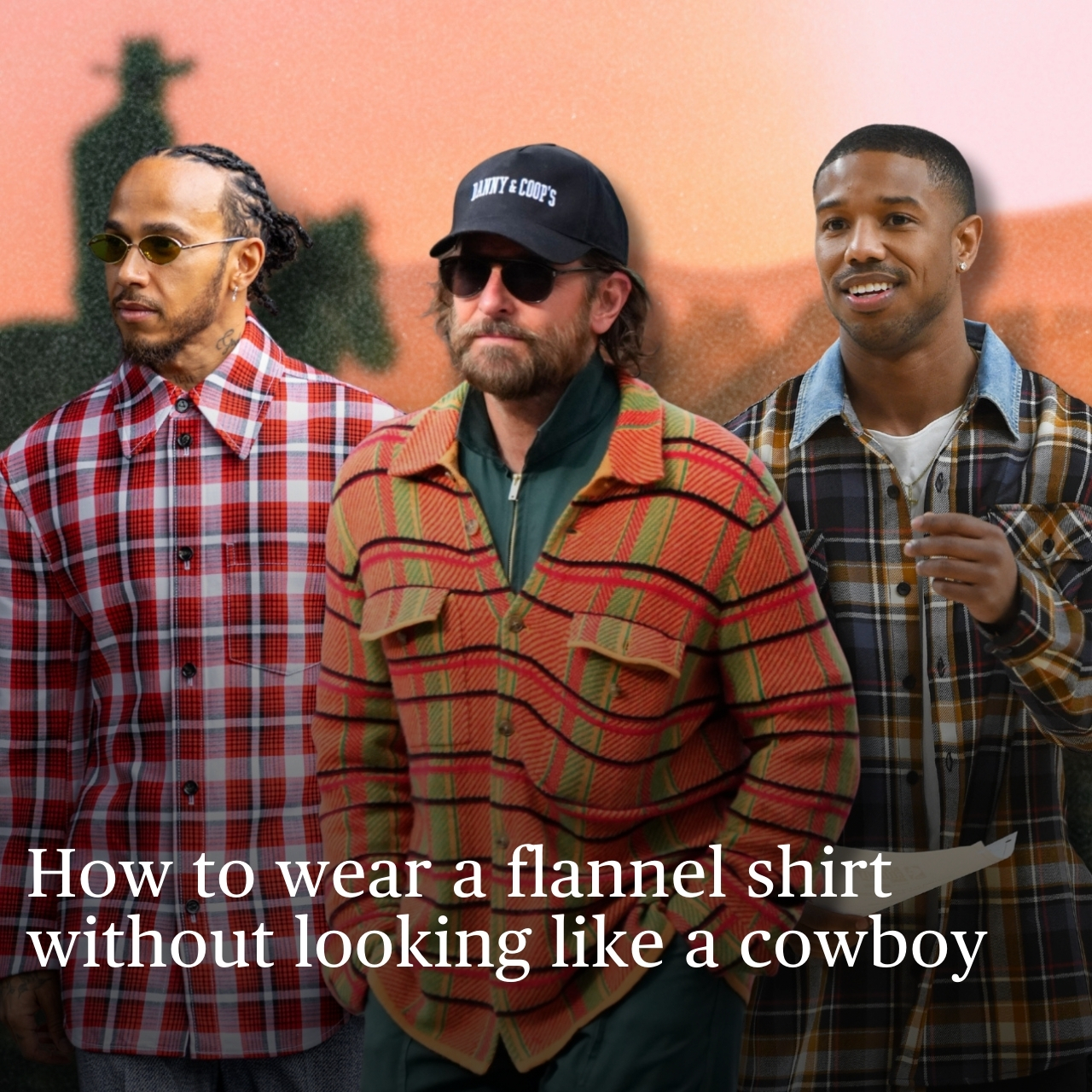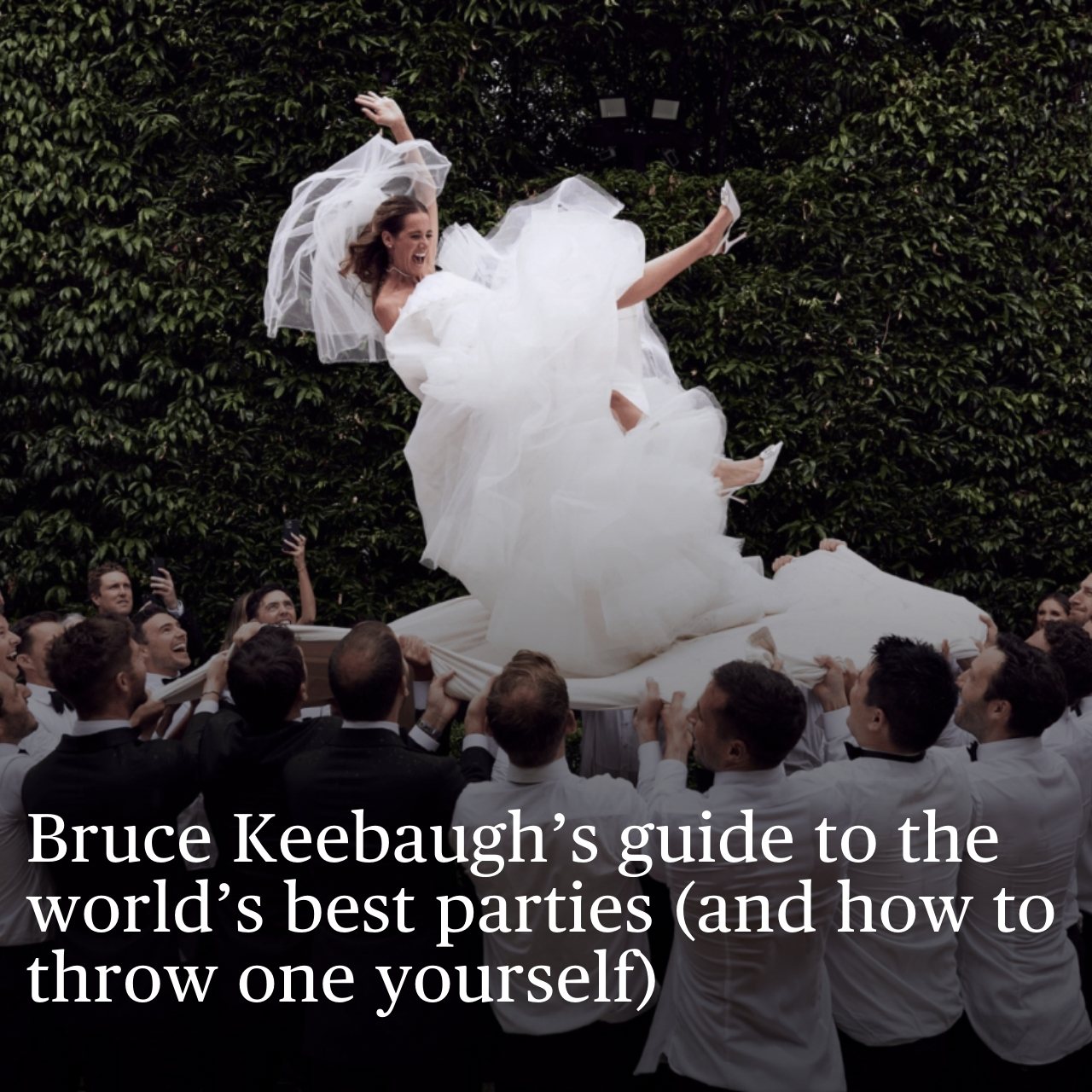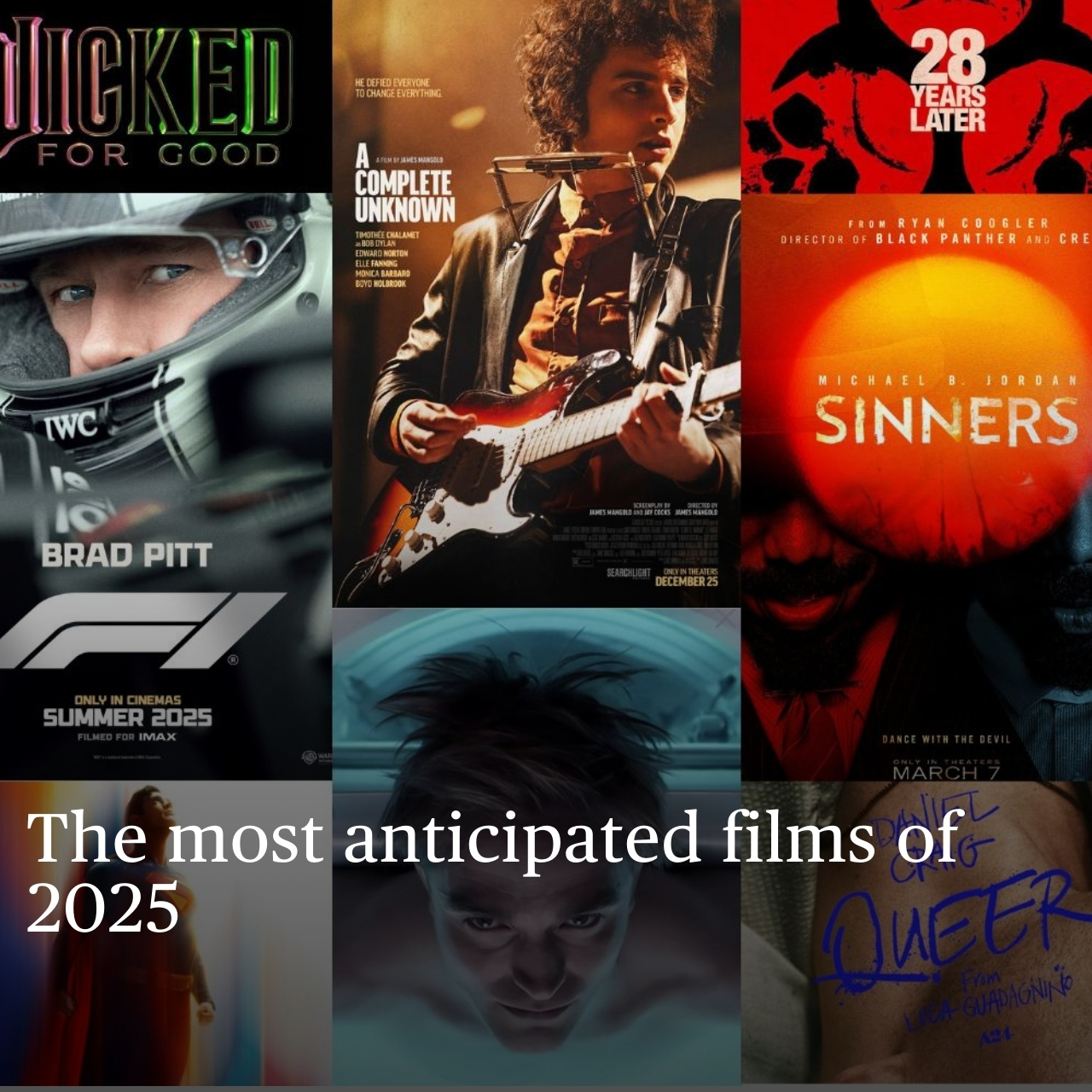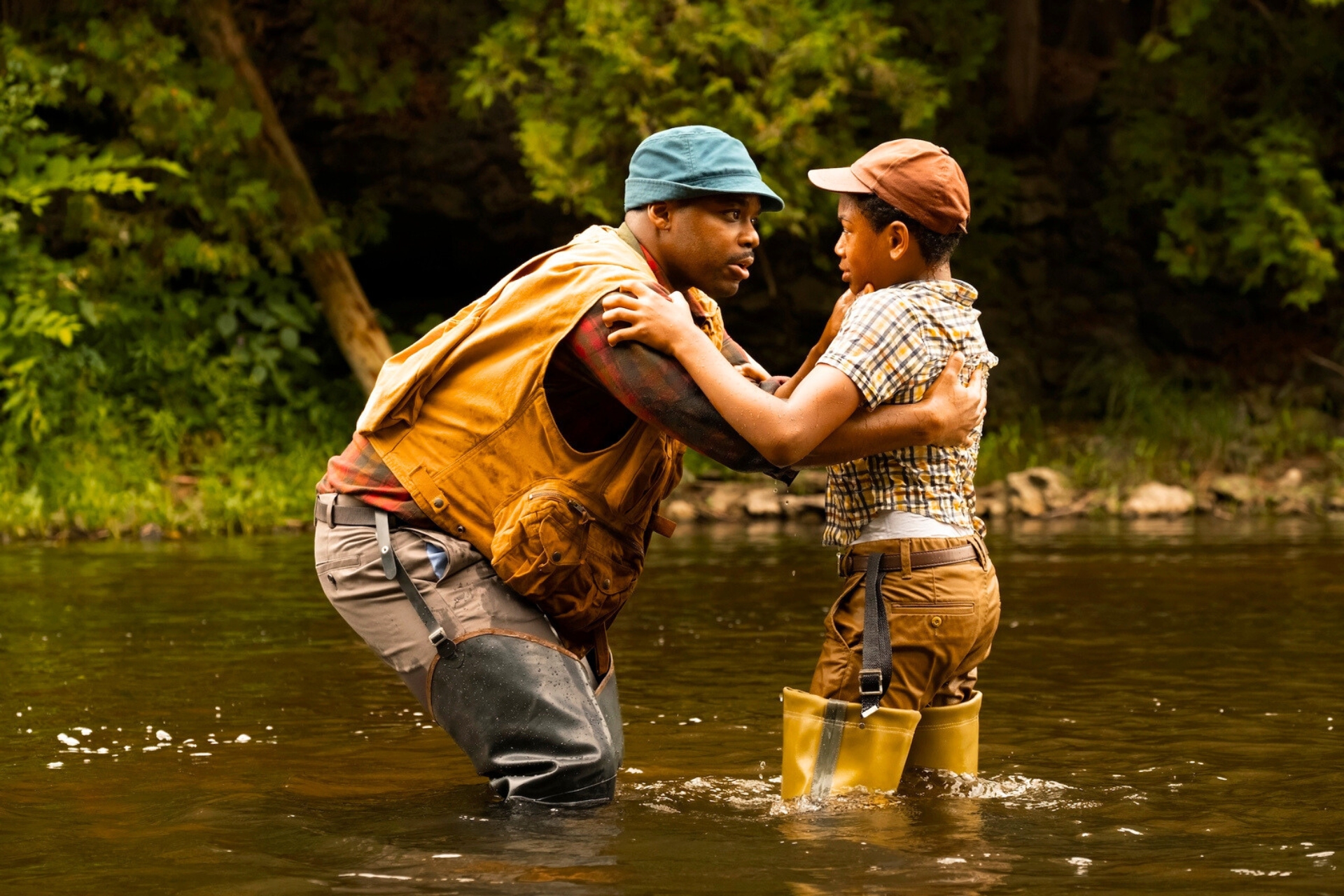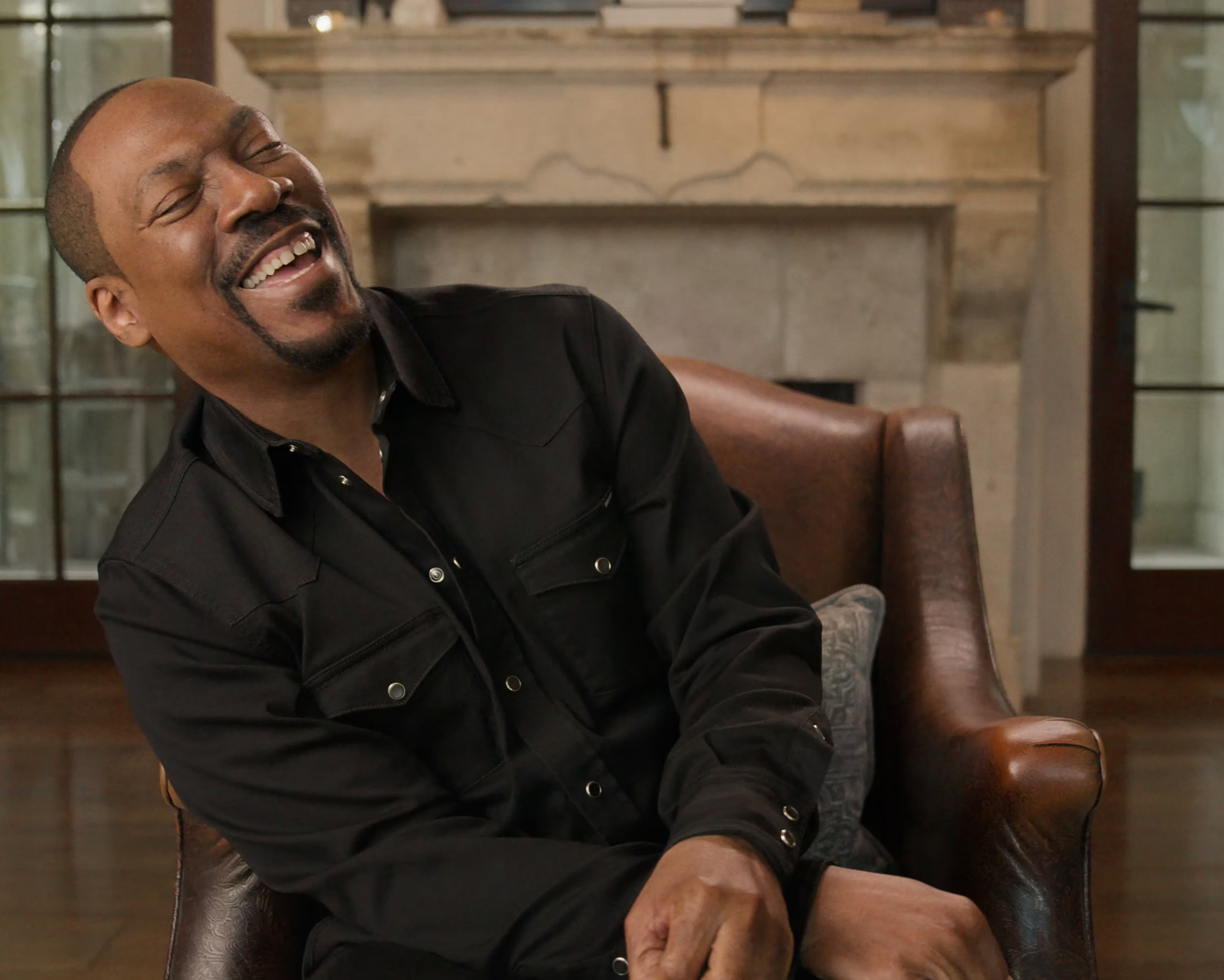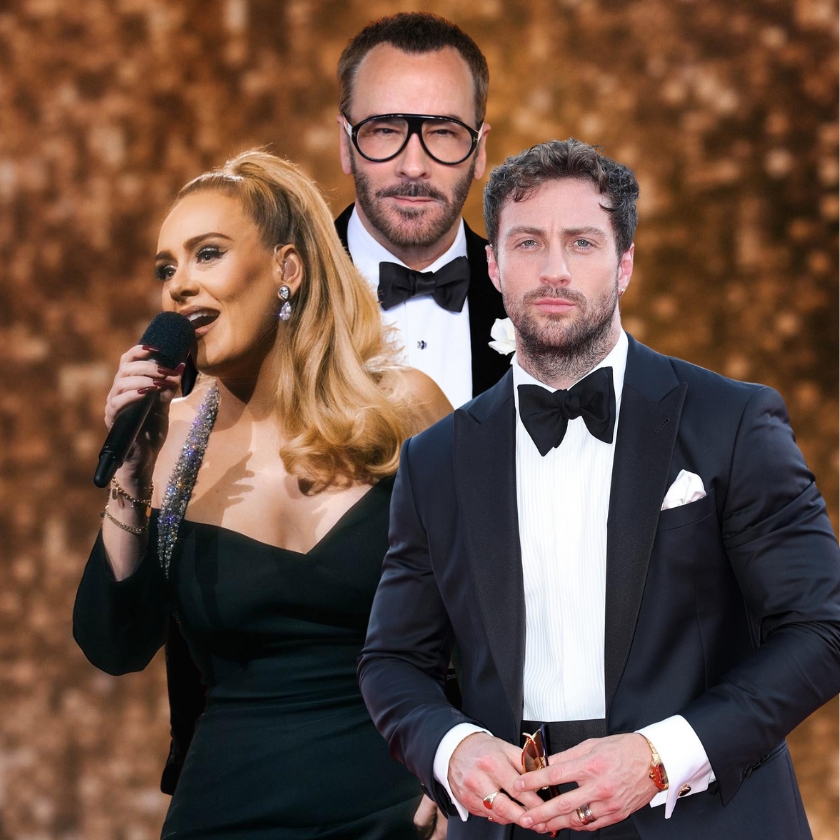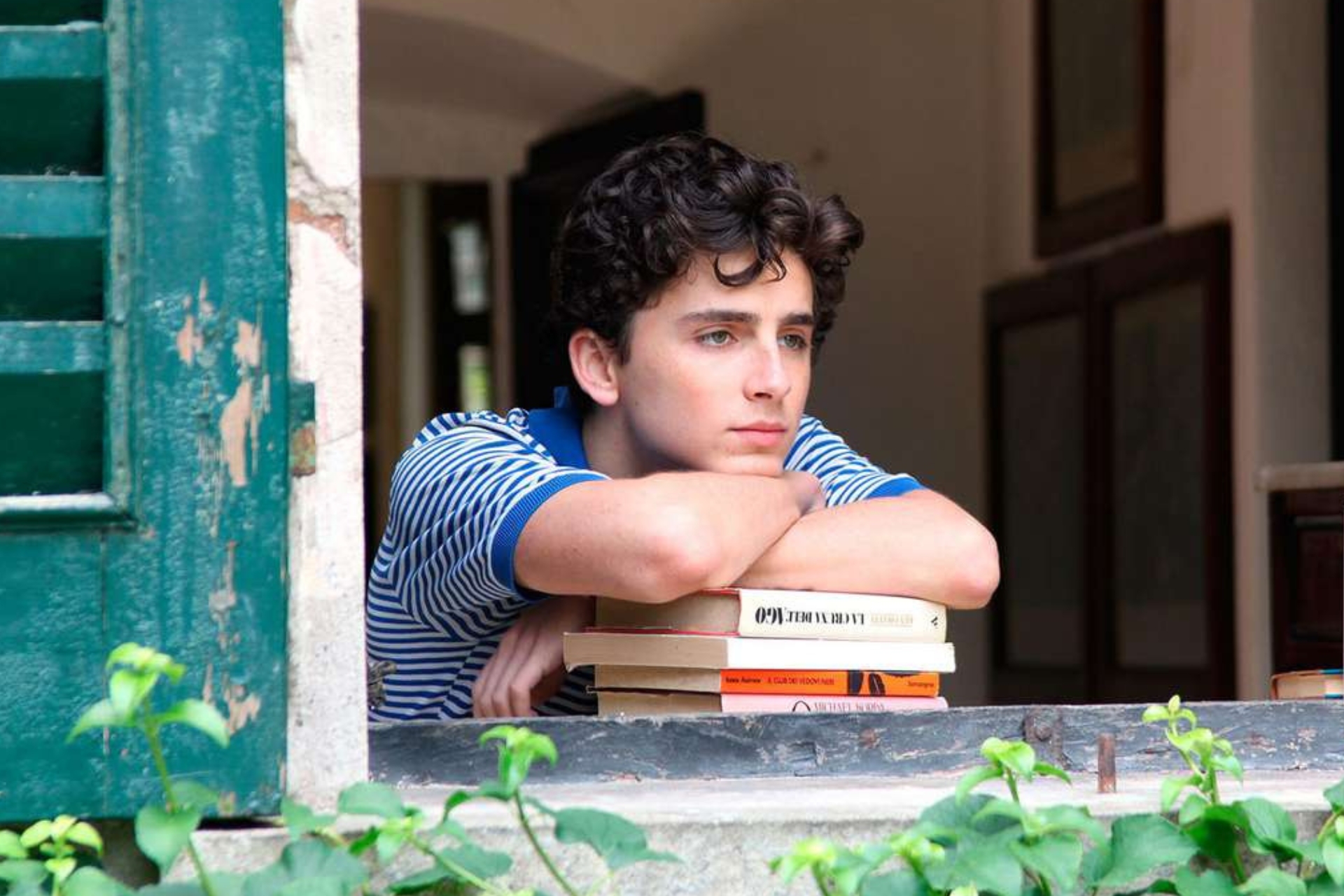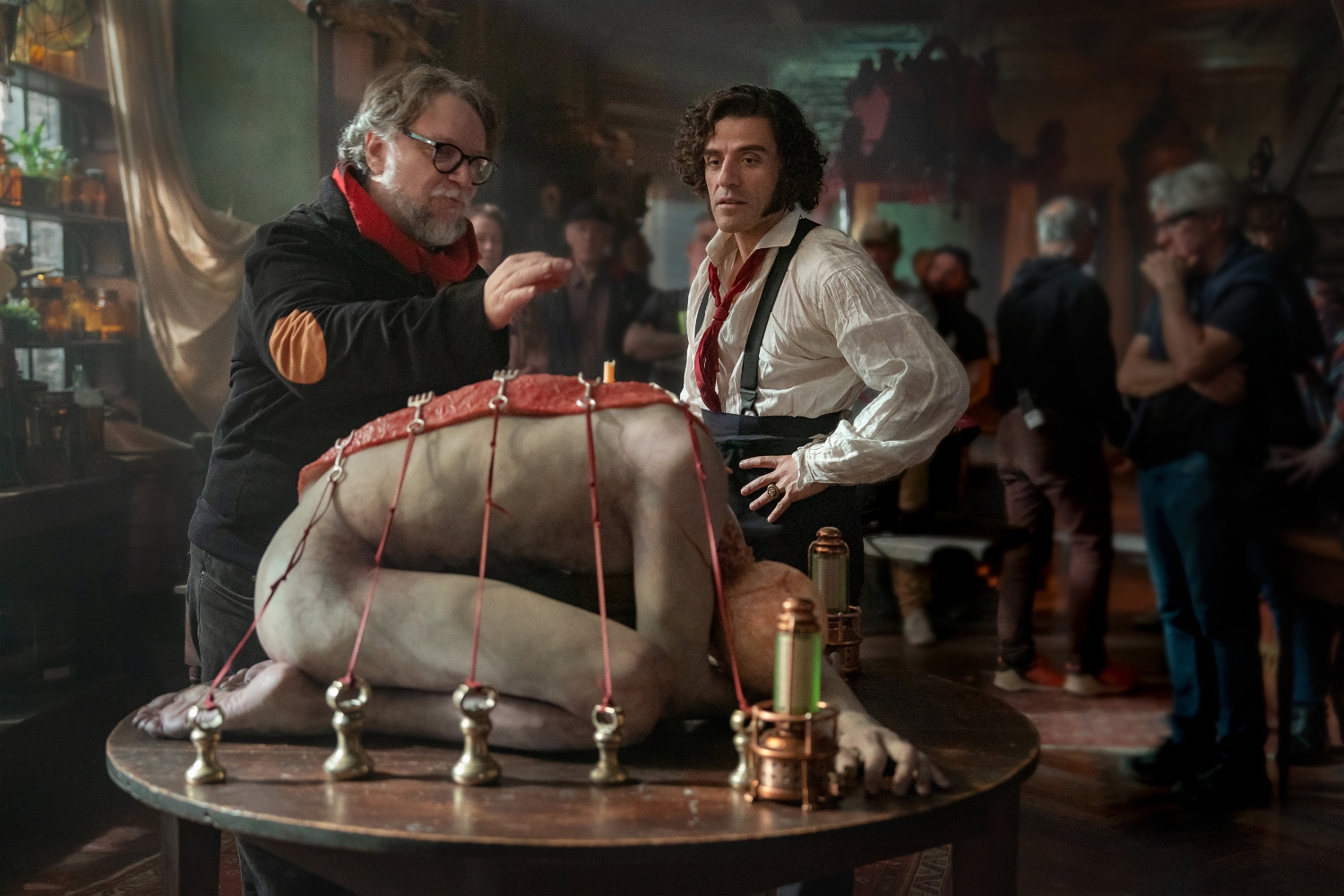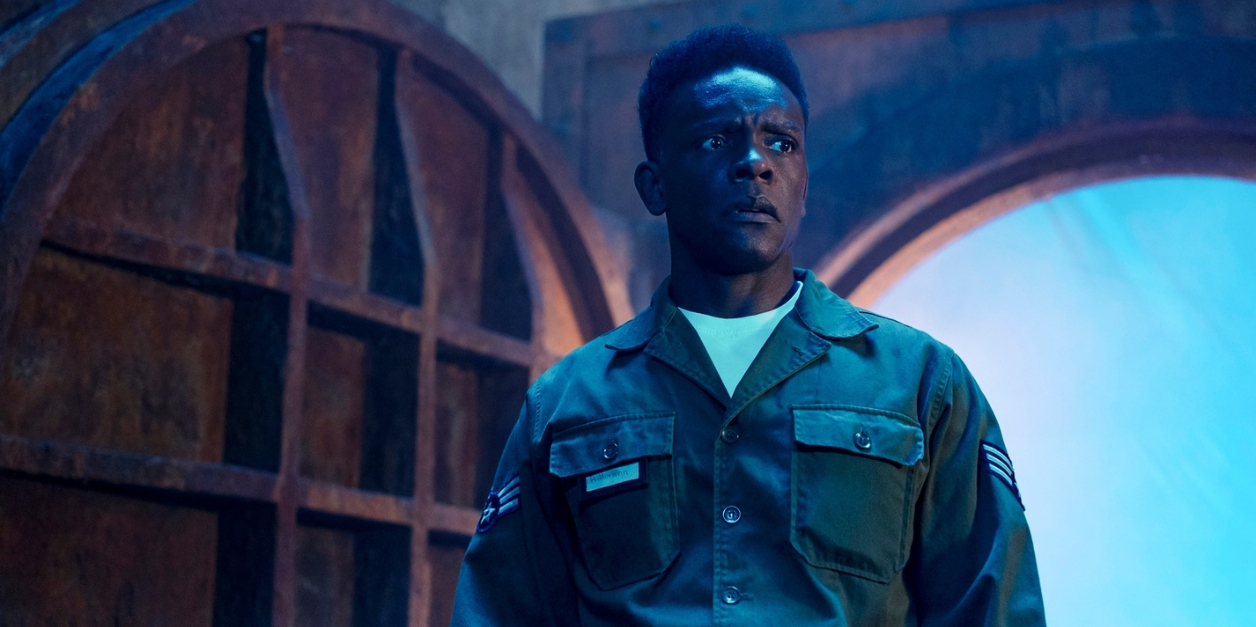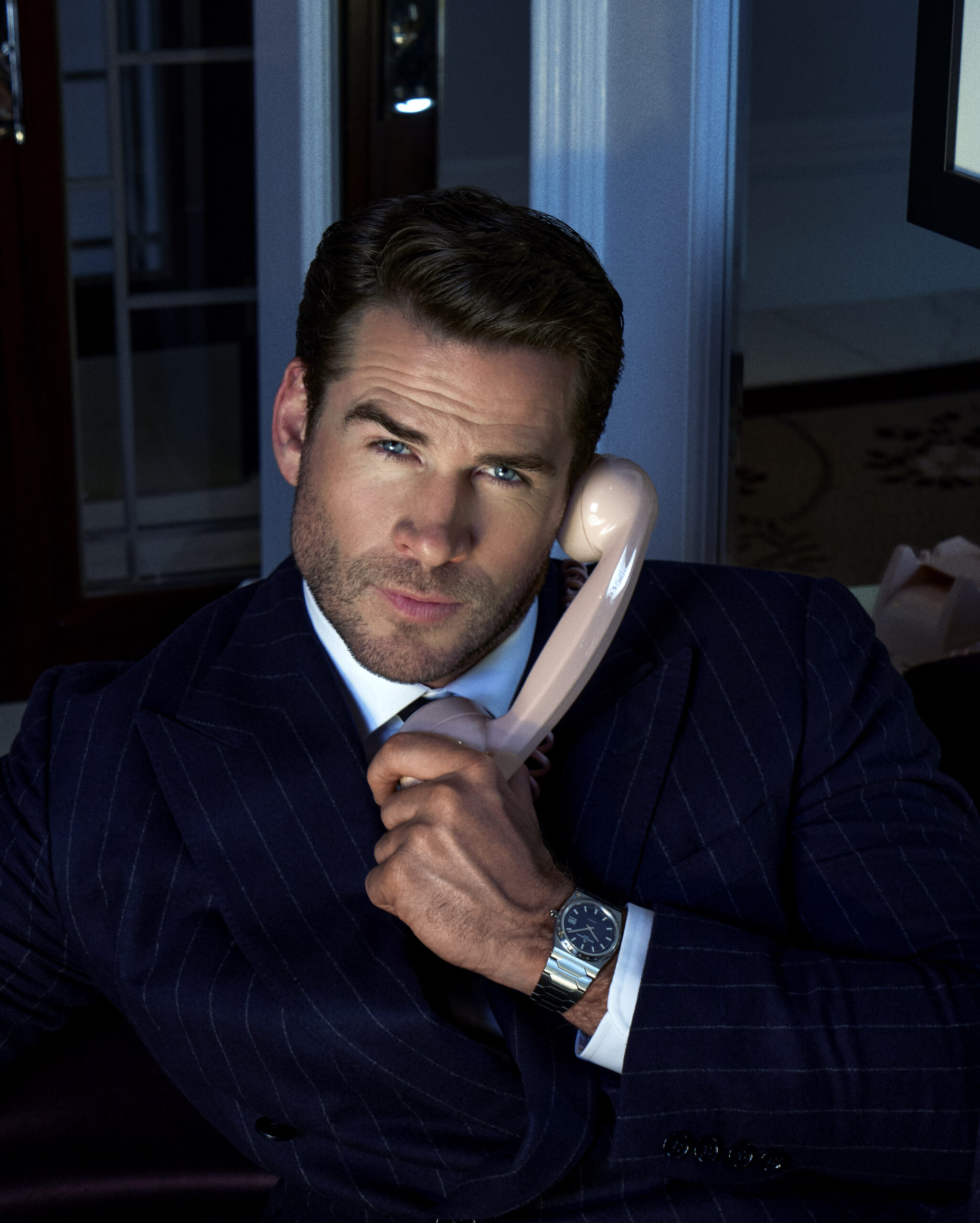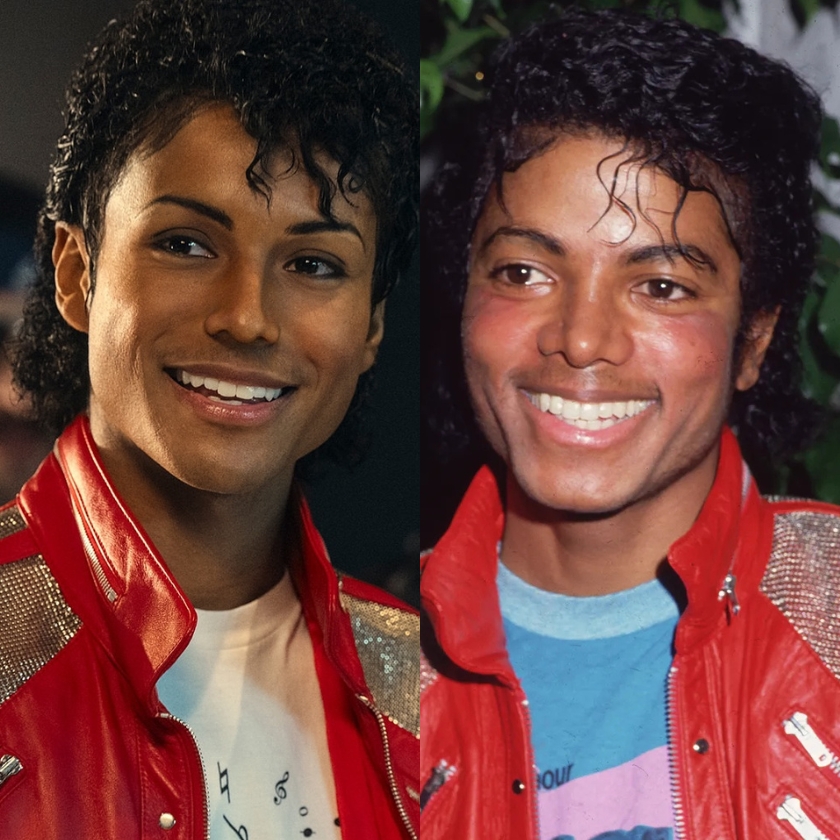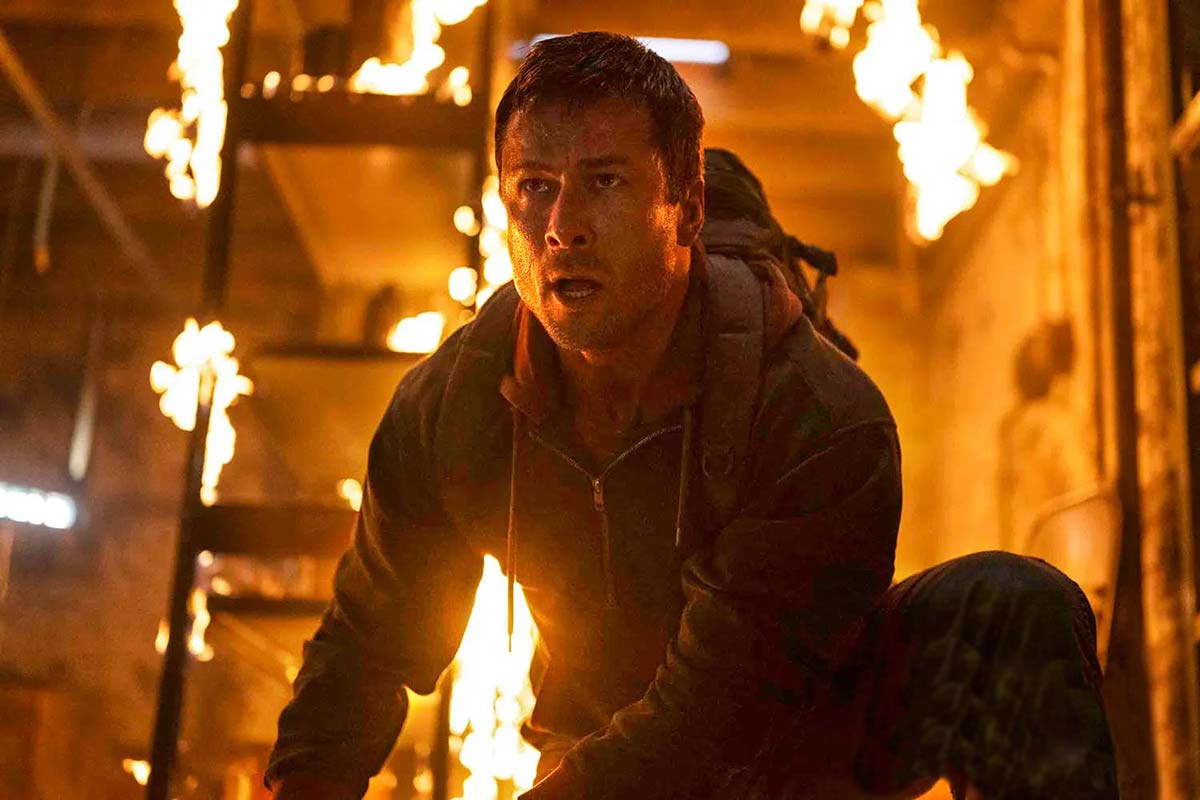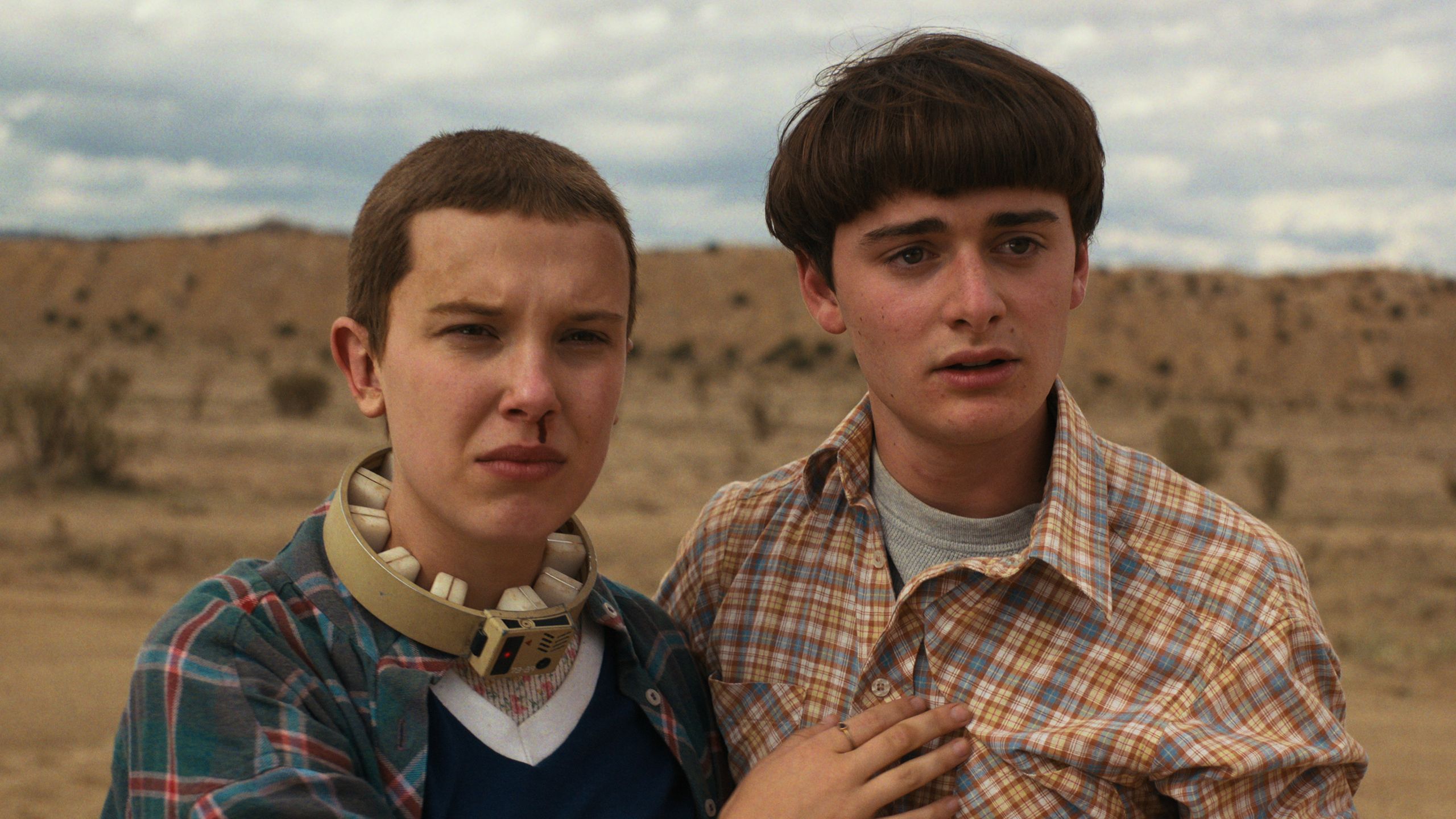The best Australian horror films to add to your watchlist this spooky season
From the Ozploitation era to a new wave of auteurs, Australian horror cinema has explored the nation’s myths, fears and unsettling landscapes with frightening skill. These are our favourites
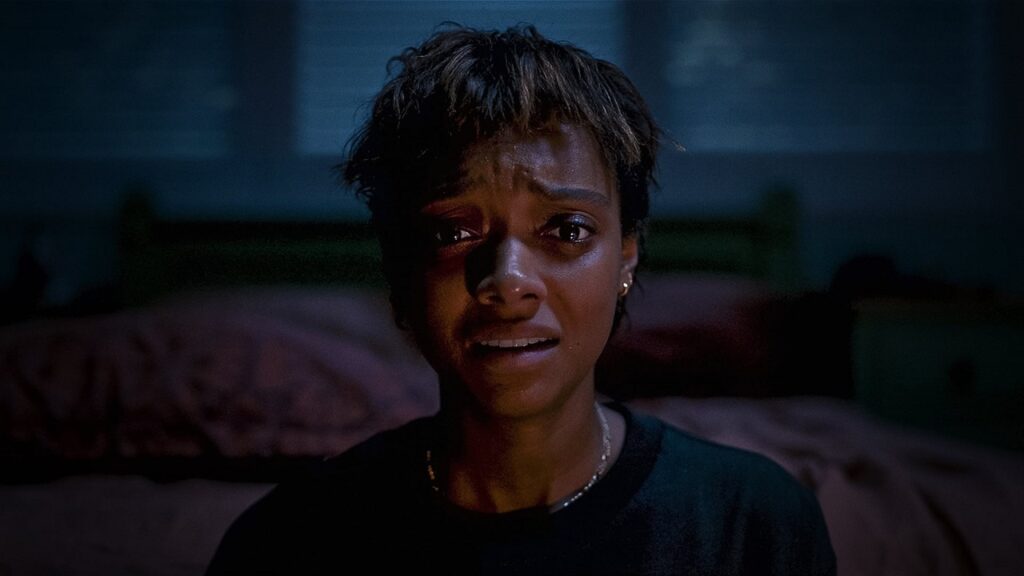
AUSTRALIA ISN’T SHORT on things that can kill you. Snakes, spiders, crocs, a number of infamous serial killers – you name it, we’ve got it, and any one of them would make for a great horror villain. But in our criminally underrated catalogue of Australian horror films, it’s not the killer wildlife, a rampant murderer or a supernatural menace that sets the pulse racing. They derive their ominous settings from the lurking terrors underpinning our nation’s psyche.
Unlike Hollywood slashers or British ghost stories, Australian horror rarely bothers with tidy arcs or easy catharsis. Part of what makes these films so potent is Australia’s cultural backdrop. There’s the vastness of the landscape, a sense that if you scream, no one will hear you. The undercurrent of colonial guilt and a tendency to strip horror back to something more raw. Sometimes that takes shape as psychological torment, other times it’s simply the cruel indifference of nature.
Critics haven’t always been kind to the horror genre – The New York Times famously wrote that Final Destination was, “by the crude standards of teenage horror… dramatically flat”, and Variety called Saw “a dull-toothed instrument”. But we’ve now entered a new age of so-called “elevated horror” – roll your eyes if you must – where horror films are both critically and commercially successful as a result of incorporating broader social commentary. Take recent hits like Sinners, Weapons or The Substance, example.
Spearheading this movement is a number of Australian filmmakers, like the Philippou brothers, who found their own breakthrough success with 2023’s Talk To Me and follow-up Bring Her Back. It seems that the Philippous themselves agree that we’re in a horror-ssance. Danny previously told Esquire US “I know that we’re in a boom right now… We’re in another golden age.”
So, with the new golden age of horror quietly underway, we’re taking a look back at some our favourite home-grown horror films.
What are the best Australian horror movies?
Razorback (1984)
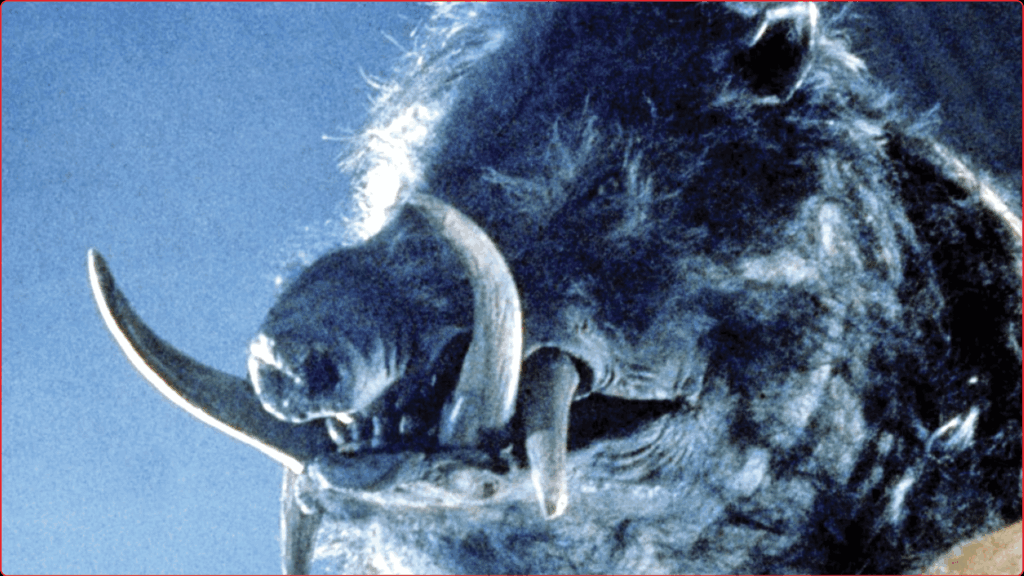
Frequently cited as Australia’s best creature feature, Russell Mulcahy’s neon-drenched cult classic is ostensibly about a feral pig the size of a truck – our very own naturalised Godzilla – terrorising the Outback. But the beast isn’t the only source of fear. The scorched, isolating landscape and the deranged locals imbue a pervasive sense of unease even when the pig isn’t around. Just like Jaws made us all sceptical of open water, Razorback will give you second thoughts about Babe.
Wolf Creek (2005)
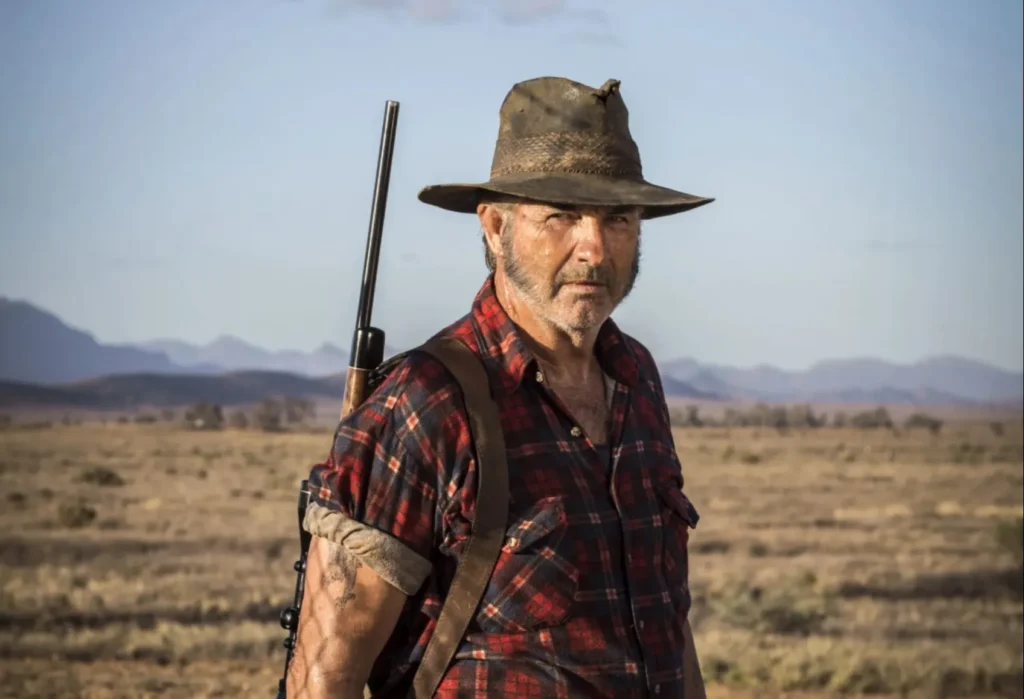
Even without an active, Ivan Milat-like threat, “don’t hitchhike in Australia” remains sound advice largely because Wolf Creek made the practise seem like suicide. Greg McLean’s film introduces Mick Taylor, a seemingly friendly outback bloke who is actually a sadistic killer. The violence is shocking and the atmosphere so suffocating you almost feel like you’re the one Mick’s chasing. That it was inspired by real-life crimes makes it even more stomach-churning.
Picnic at Hanging Rock (1975)
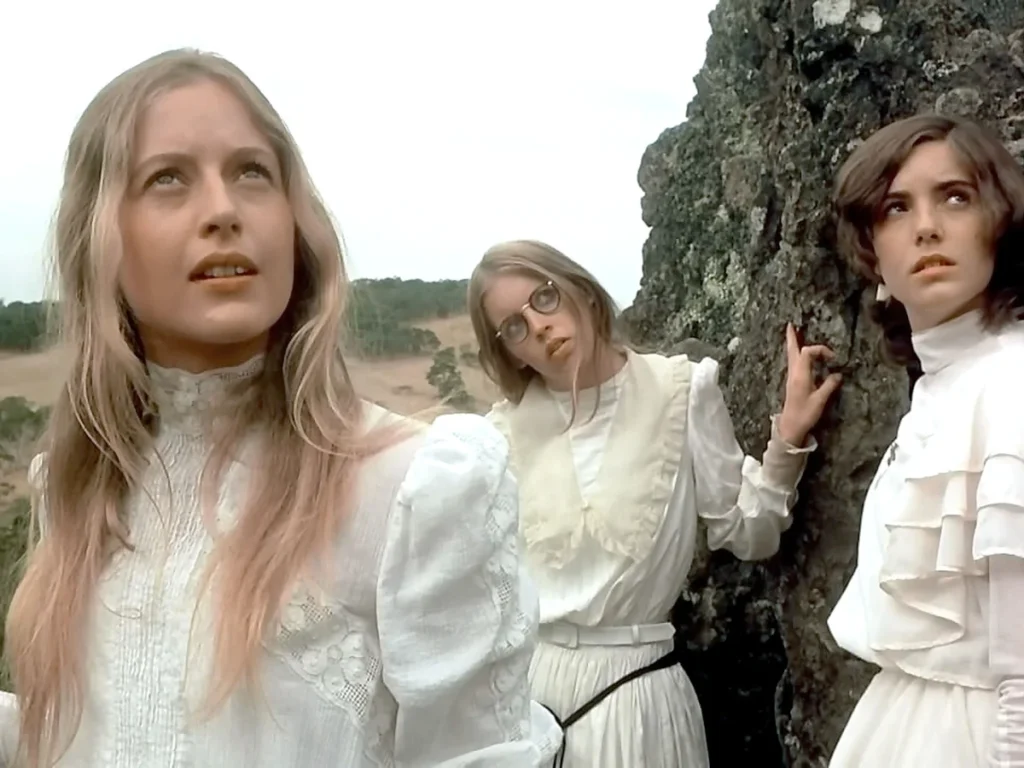
Is Picnic at Hanging Rock a horror film? It’s an important question because if it is, it might be Australia’s best. Peter Weir’s film is often called a mystery, but the tense atmosphere is unmistakably chilling. It centres on a group of schoolgirls who wander into a craggy outcropping in the bushland of Victoria and never come back. There’s no monster, no on-screen deaths, per se, and not even a resolution. What’s left is a suffocating sense of ambiguity, as if the land itself has swallowed people whole. In the end, the absence of answers is more terrifying than anything shown on screen.
Wake in Fright (1971)
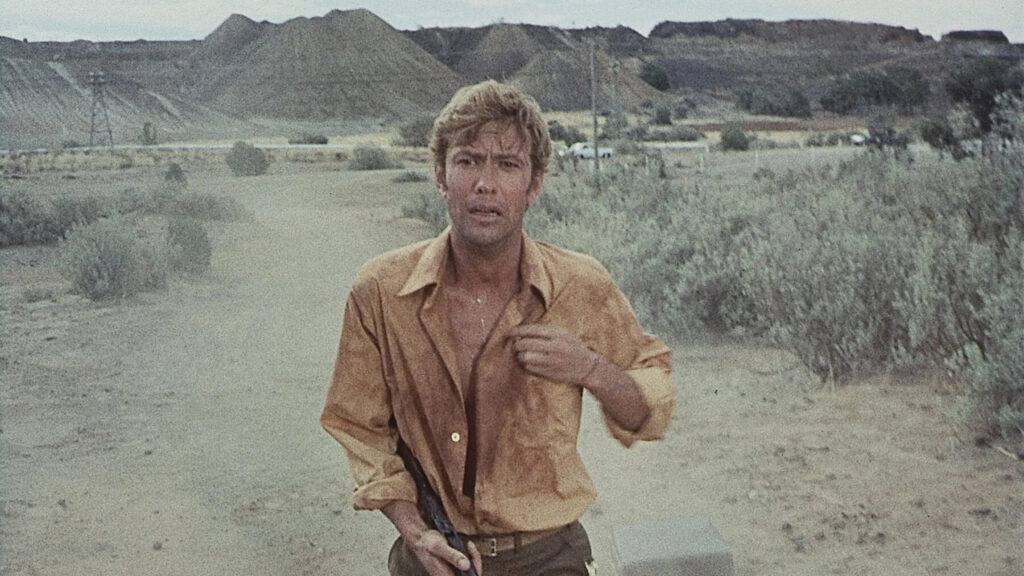
Now considered a paragon of Ozploitation cinema, Wake in Fright was almost lost to history. The film’s master negative went missing not long after it premiered, so censored prints of degraded quality had to be used for its consequently rare television broadcasts and VHS releases. The original elements were eventually rescued and the film was digitally remastered for a 2009 re-release at Cannes, where it was met with widespread acclaim.
More nightmarish than true horror, the outback fever dream follows a schoolteacher trapped in a spiral of gambling, drinking and violence in a remote mining town. There’s no ghosts or monsters, but it argues there’s a very real darkness waiting to devour you when civilisation runs out.
Next of Kin (1982)
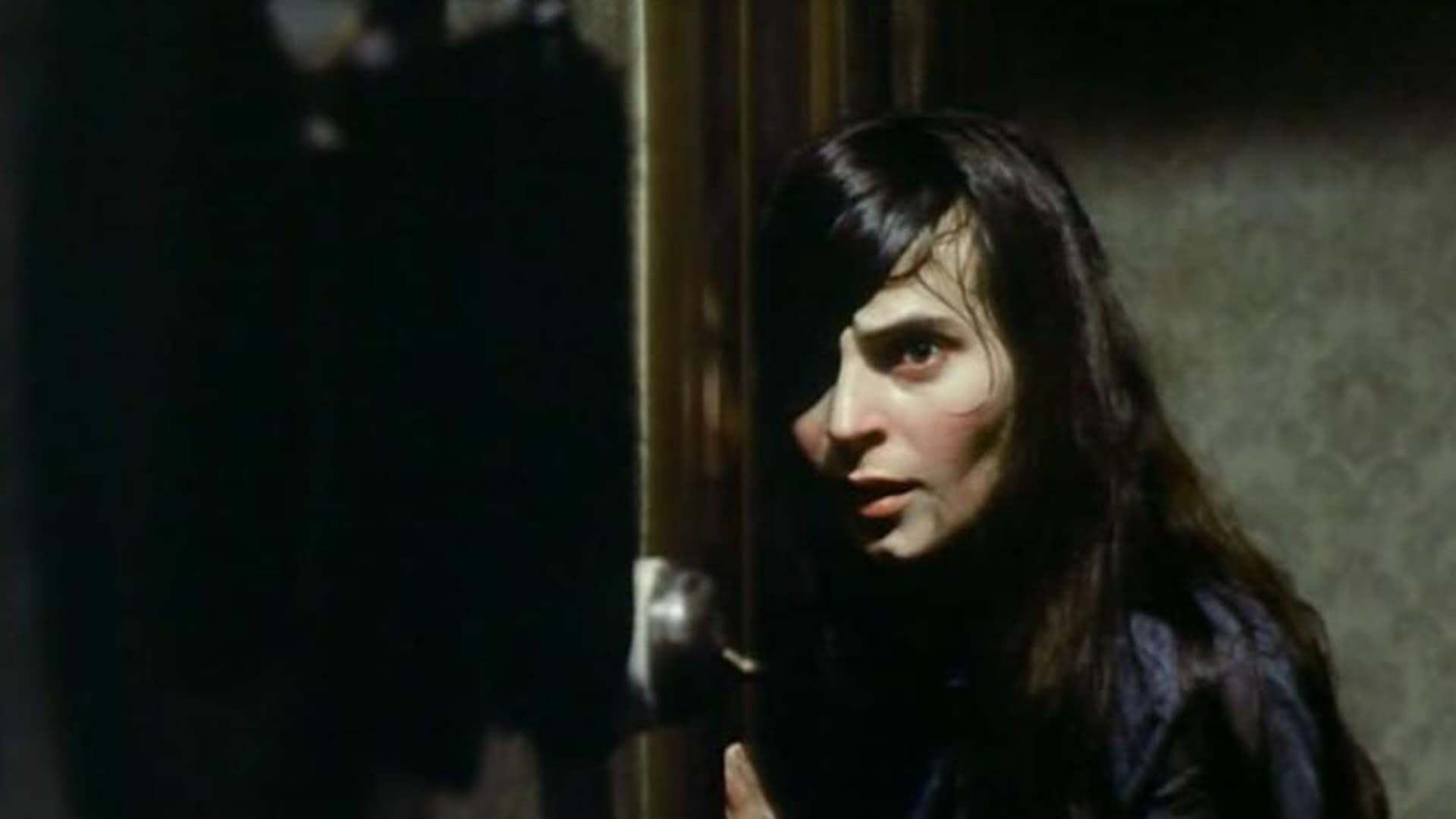
Often called Australia’s answer to The Shining, this gothic gem unfolds in a crumbling rural estate a young woman has just inherited. Moody, atmospheric and loaded with creeping dread, it plays like a haunted house story filtered through a European art lens. Long overlooked, it’s now a cult favourite.
The Loved Ones (2009)
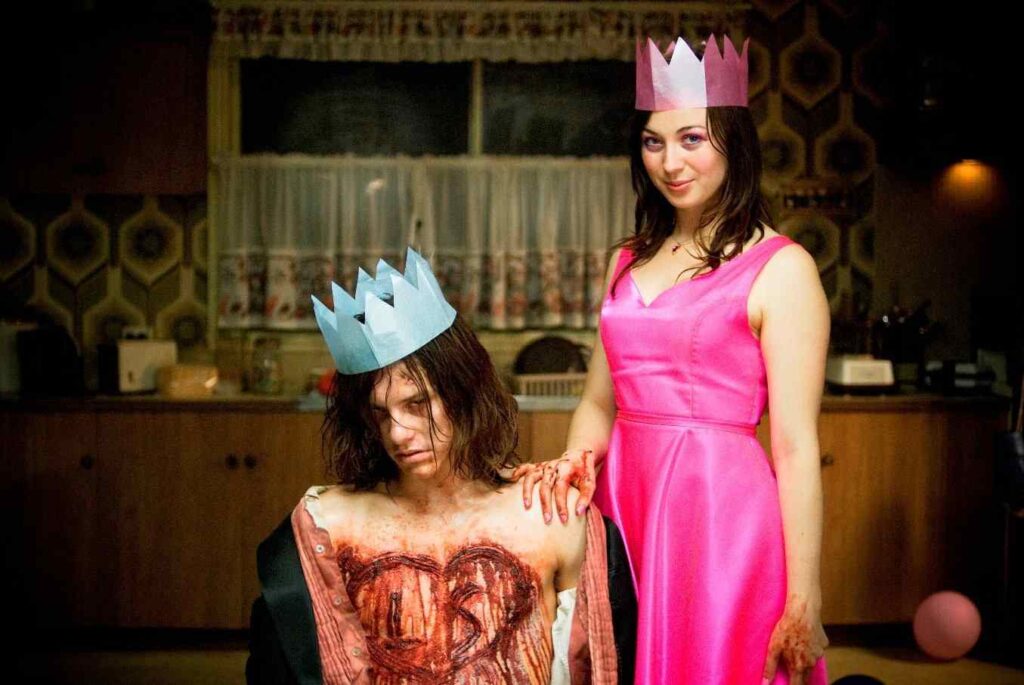
We may call it ‘formal’ rather than ‘prom’ in Australia, but the event is typically more similar to a traditional prom than the one in The Loved Ones. The film features unhinged prom queen Lola kidnapping her crush after he rejects her advances. The film features some grotesque violence, satirising both suburban banality and the extremes of teen obsession. Truly, hell hath no fury like a prom queen scorned.
Snowtown (2011)
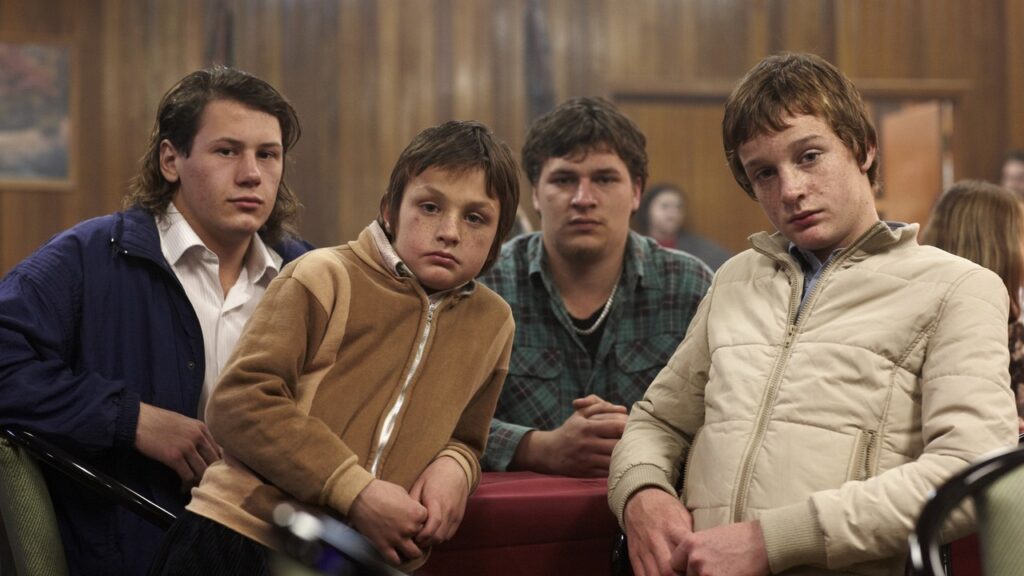
Justin Kurzel’s directorial debut dramatises the infamous Snowtown murders in South Australia with a realism that makes it nearly unwatchable. But that’s the point. The film captures the insidious nature of grooming and manipulation and the dark side of Australia suburbia. There are no jump scares or traditional horror motifs, just the inescapable reminder that the most terrifying monsters are human, and they live right around the corner.
The Babadook (2014)
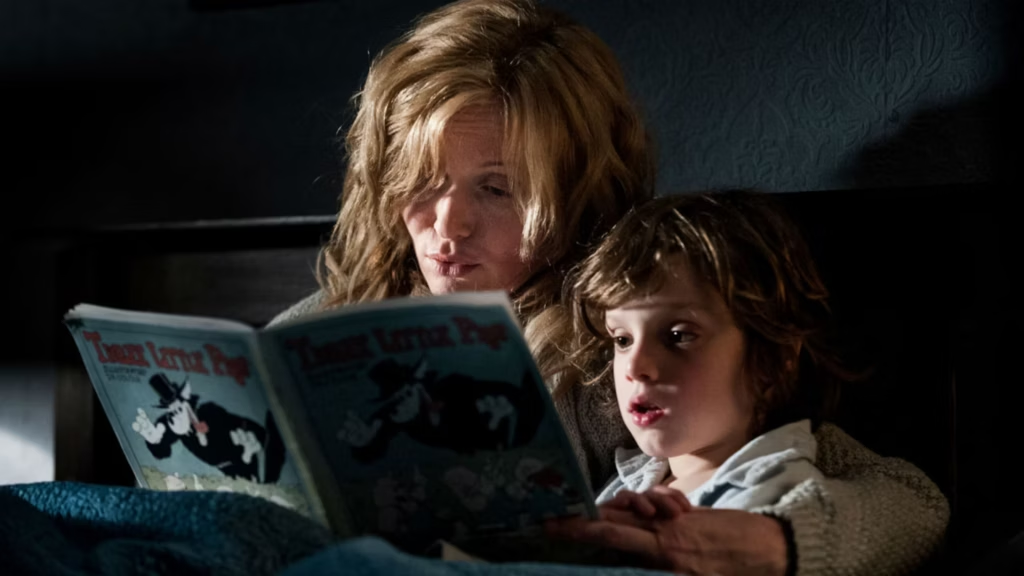
A pop-up book monster in a top hat shouldn’t be terrifying, but in The Babadook, it absolutely is. On the surface, it’s the story of a single mother and her son plagued by a sinister entity, but beneath the scares is a portrait of grief and depression. The monster lives in the psyche, feeding off the things we bury. That mix of metaphor and menace helped The Babadook become an international success.
Lake Mungo (2008)
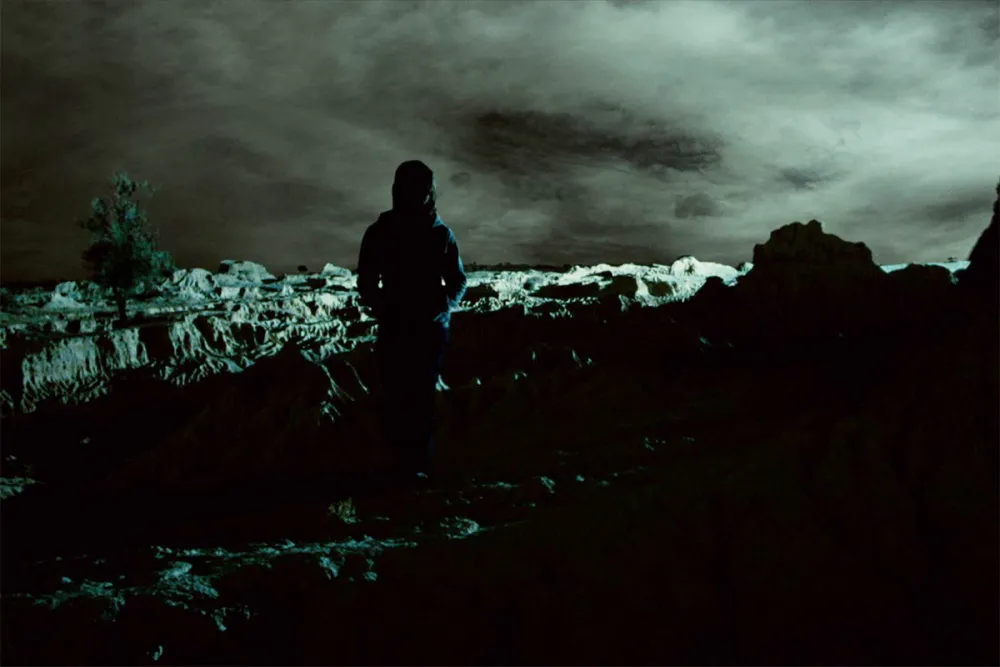
Joel Anderson’s faux-documentary follows a family grieving their daughter’s drowning, only to discover eerie secrets on her phone that lead to an investigation into her past. It’s framed like a TV true-crime doco, with a slow build-up and pay-off that lingers after the credits roll. Some call it the best ghost story of the 21st century, and they’re not wrong. Horror maestro Mike Flanagan says it’s “exceptional, terrifying, ultimately heartbreaking” and one of his all-time favourite films.
Talk to Me (2022)
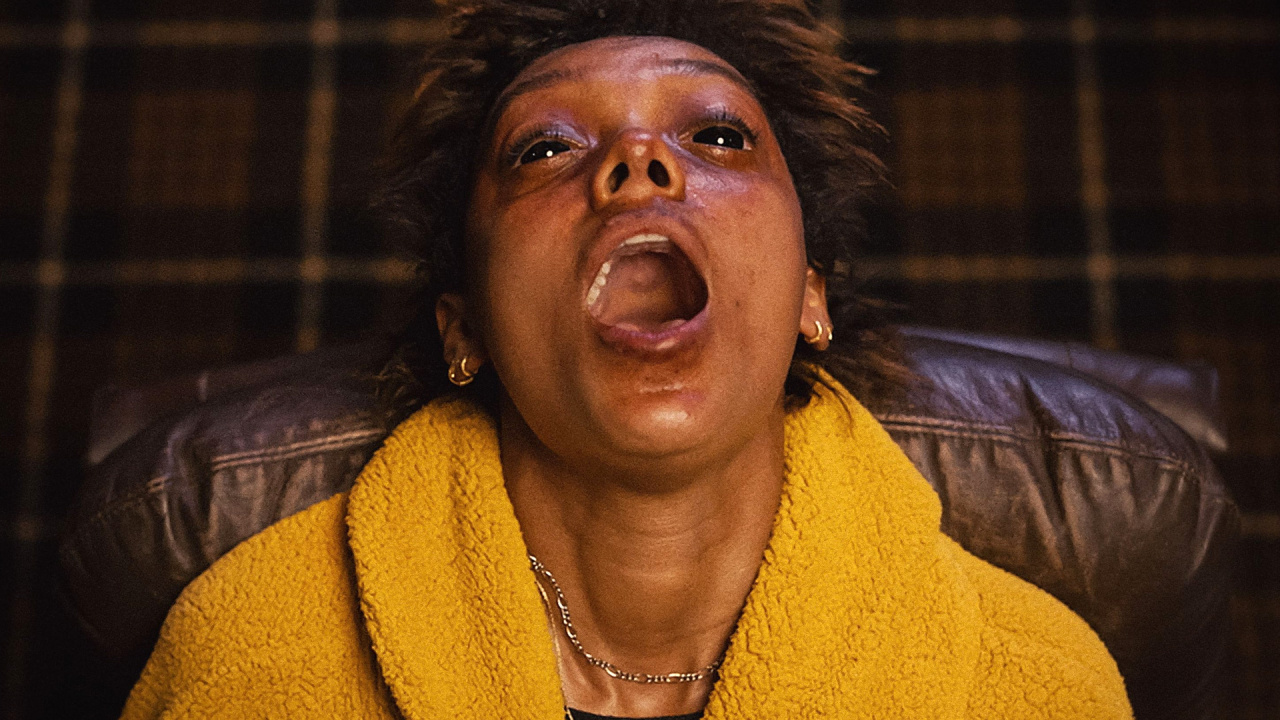
The Philippou brothers breakout film, Talk to Me, is based on the simple premise of a group of teenagers dabbling with the supernatural. Hold an embalmed hand, let the dead speak through you. You know, stuff kids are into these days. Things go sideways when the process turns out to be more effective than the kids expected. It cemented the Philippou brothers as the next big voices in the horror genre.
Bring Her Back (2025)
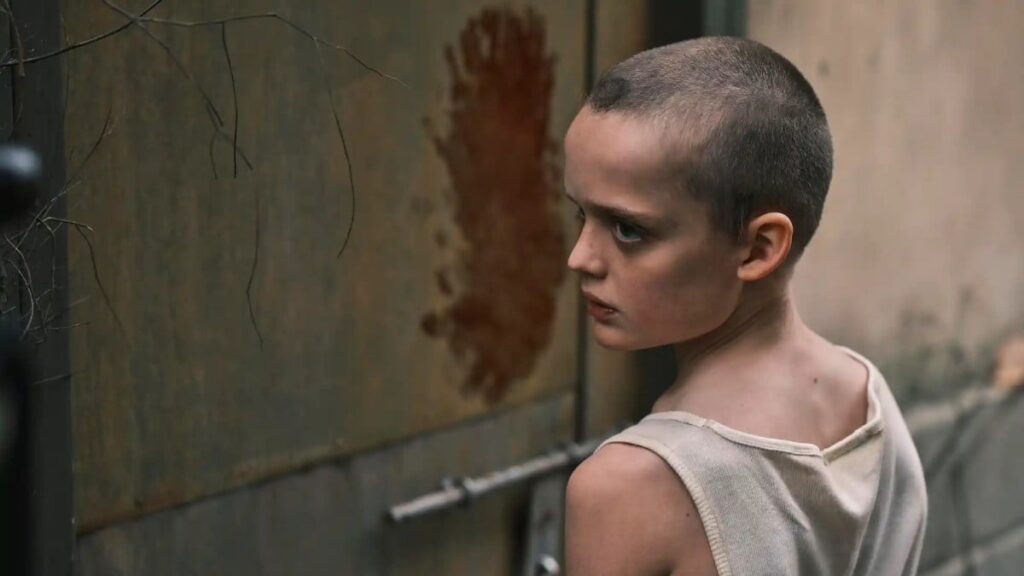
The Philippou brothers somehow followed up Talk to Me with something even darker, but also more emotionally impactful. The story follows two foster siblings who move in with a grieving woman still haunted by the death of her daughter. What begins as fragile domestic drama soon slides into occult horror. Talk to Me put the Philippous on the map, Bring Her Back proved they’re here to stay.
Related:




